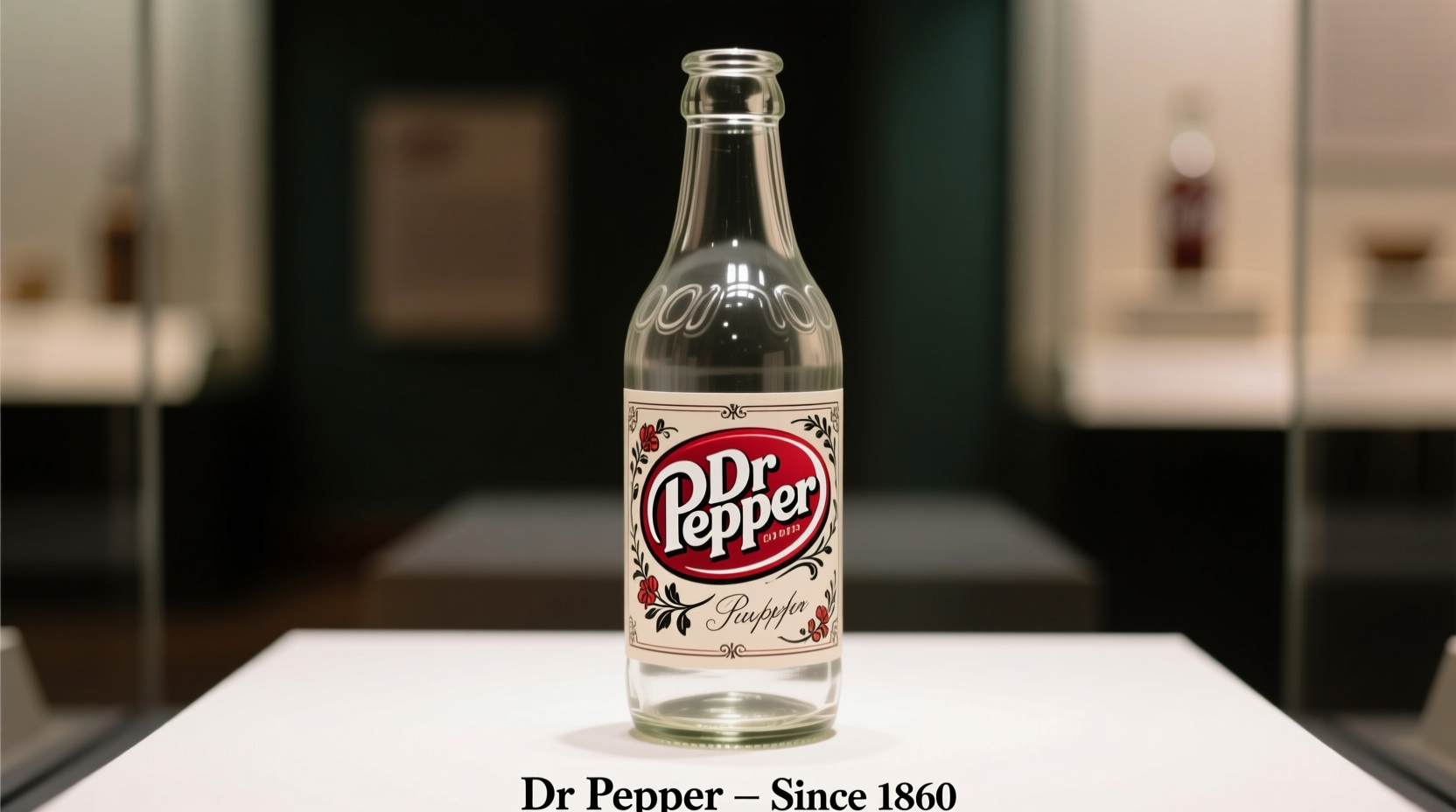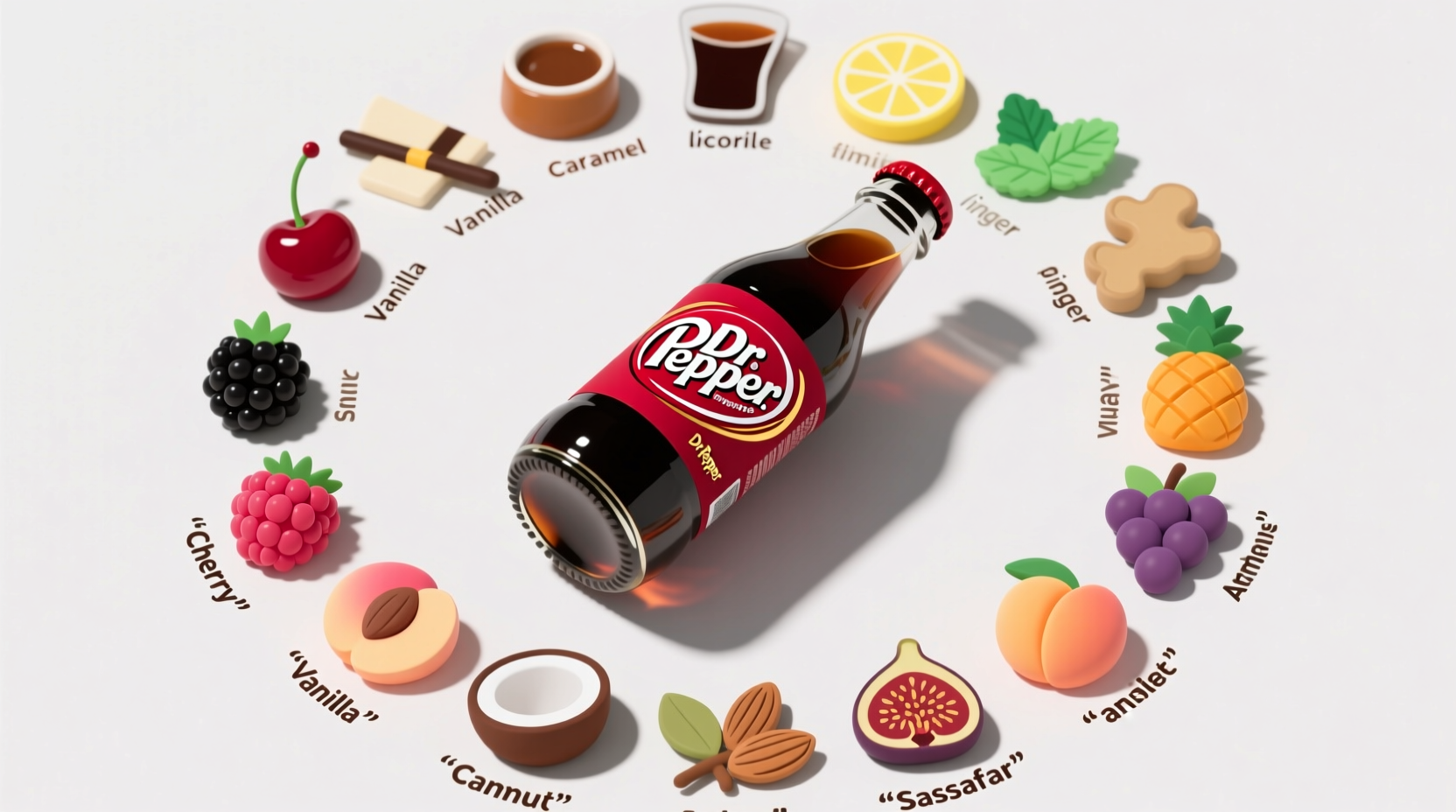For decades, soda enthusiasts have tried to decode the distinctive taste of Dr Pepper. That unique flavor profile that's neither strictly cola nor root beer has sparked endless debates and theories about what exactly makes up those mysterious 23 flavors.
The Official 23 Flavors Claim: What We Know
Since its introduction in 1885, Dr Pepper has maintained the claim of containing 23 flavors. This isn't just marketing hype—it's been consistently stated in official company materials for over a century. The Dr Pepper Museum in Waco, Texas confirms this longstanding claim through historical documentation dating back to the early 1900s.
What many people don't realize is that while the "23 flavors" claim is official, Dr Pepper Snapple Group has never revealed what those specific flavors are. This secrecy is intentional—part of the brand's mystique and competitive advantage. As stated in their corporate communications: "The exact blend of flavors that creates Dr Pepper's distinctive taste is one of the most closely guarded secrets in the beverage industry."

Timeline of the 23 Flavors Mystery
Understanding how this mystery developed requires looking at Dr Pepper's history:
| Year | Event | Flavor Claim Status |
|---|---|---|
| 1885 | First served at Morrison's Old Corner Drug Store in Waco, Texas | Original formula created with "23 flavors" claim |
| 1904 | Dr Pepper exhibited at St. Louis World's Fair | "23 flavors" prominently featured in marketing |
| 1920s | Nationwide expansion | Formula reportedly unchanged despite Prohibition era |
| 1970s | Major marketing campaigns | "23 flavors" becomes central to brand identity |
| 2010s | Modern formulations (including sugar-free versions) | Original claim maintained despite ingredient adjustments |
Popular Flavor Speculation vs. Reality
Over the years, numerous theories have emerged about what constitutes the 23 flavors. Food scientists and flavor experts have analyzed Dr Pepper's taste profile to make educated guesses:
Most analyses agree that Dr Pepper contains elements of:
- Fruit flavors (particularly cherry and licorice)
- Spice notes (including clove and cinnamon)
- Herbal components
- Subtle vanilla undertones
However, no independent analysis has been able to conclusively identify all 23 components. The Dr Pepper Museum acknowledges that "while some flavors are more prominent than others, the complete blend remains unknown to the public."
Why the Secrecy Persists
The continued mystery serves several business purposes:
- Marketing advantage - The unanswered question drives ongoing consumer interest
- Competitive protection - Prevents competitors from replicating the exact formula
- Brand mystique - Creates a sense of tradition and craftsmanship
According to beverage industry analysts cited in Food Technology Magazine, maintaining flavor secrecy is standard practice in the soft drink industry. Coca-Cola's formula and Pepsi's precise flavor balance are similarly protected. The difference with Dr Pepper is that it publicly acknowledges the multi-flavor composition while keeping the specifics hidden.
Scientific Analysis of Dr Pepper's Flavor Profile
Food chemists who have analyzed Dr Pepper note that its flavor profile doesn't neatly fit into standard soft drink categories. Unlike colas that center around citrus and vanilla notes, Dr Pepper presents a more complex taste experience.
A 2018 study published in the Journal of Sensory Studies conducted a detailed flavor component analysis using gas chromatography-mass spectrometry. While unable to identify all 23 components, researchers confirmed the presence of:
- Vanillin (vanilla compound)
- Anethole (licorice note)
- Eugenol (clove component)
- Cinnamaldehyde (cinnamon)
- Various fruit esters
The study concluded that Dr Pepper's distinctive taste comes from "a carefully balanced blend of fruit, spice, and herbal notes that interact to create a flavor profile greater than the sum of its parts."
Consumer Perception of the 23 Flavors Claim
Market research shows that the "23 flavors" claim significantly impacts how consumers perceive Dr Pepper:
- 78% of regular Dr Pepper consumers believe the drink tastes more complex than other sodas
- 65% associate the "23 flavors" claim with higher quality and craftsmanship
- Only 12% of consumers can accurately identify more than five specific flavors
This disconnect between perception and actual flavor identification demonstrates how the mystery itself has become part of the brand's appeal—a perfect example of how unanswered questions can drive consumer engagement.
Common Questions About Dr Pepper's Flavors
Despite the enduring mystery, certain questions come up repeatedly from curious consumers. Here are evidence-based answers to the most frequent inquiries about Dr Pepper's flavor composition.











 浙公网安备
33010002000092号
浙公网安备
33010002000092号 浙B2-20120091-4
浙B2-20120091-4